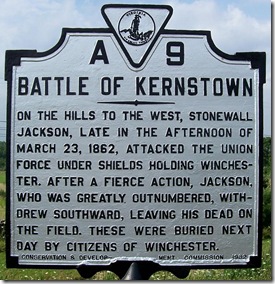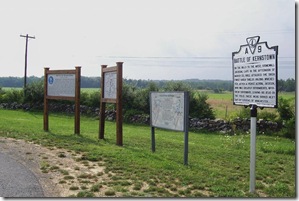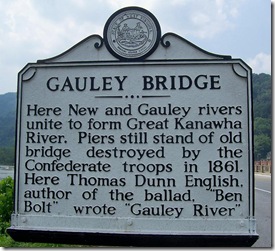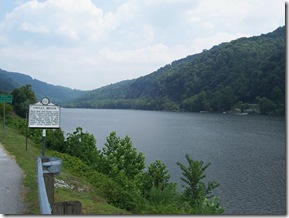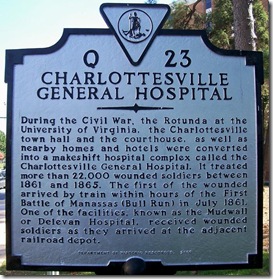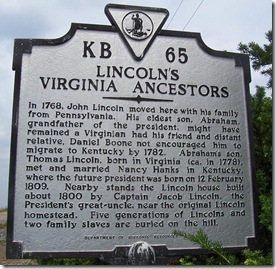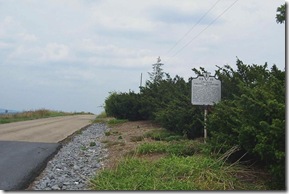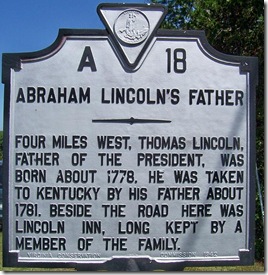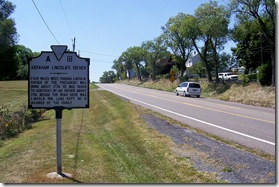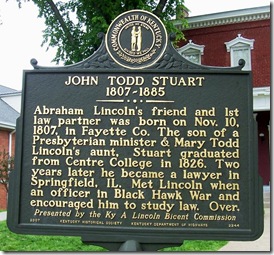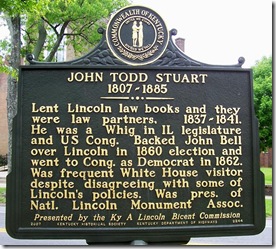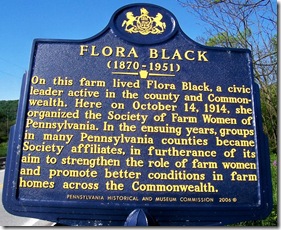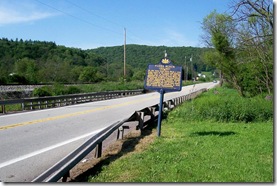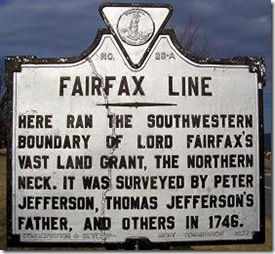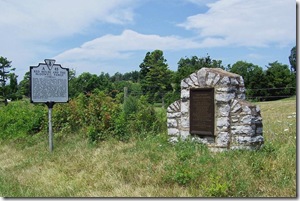Marker Text: Howard's Lick, (3 Mi. W.), or Lee White Sulphur Springs, was once owned by Gen. Henry "Light Horse Harry" Lee of Revolutionary War fame. It was owned later by Charles Carter Lee, brother of the beloved Gen. Robert E. Lee.
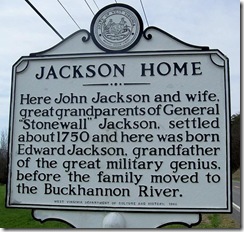 (Reverse Side) Here John Jackson and wife, great-grandparents of Gen. "Stonewall" Jackson, settled about 1750 and here was born Edward Jackson, grandfather of the great military genius, before the family moved to the Buckhannon River.
(Reverse Side) Here John Jackson and wife, great-grandparents of Gen. "Stonewall" Jackson, settled about 1750 and here was born Edward Jackson, grandfather of the great military genius, before the family moved to the Buckhannon River.
Location: On WV Route 259, just north of Mathias, WV north of the turn off for Lost River State Park. Erected by the West Virginia Department of Culture and History in 1980.
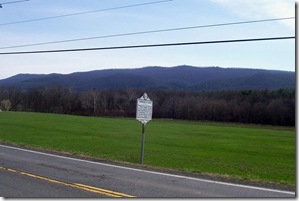 Today's marker is about the intersection of the lives of Gen. Robert E. Lee and Thomas “Stonewall” Jackson among their families here in the Lost River Valley in Hardy County, WV.
Today's marker is about the intersection of the lives of Gen. Robert E. Lee and Thomas “Stonewall” Jackson among their families here in the Lost River Valley in Hardy County, WV.
Thomas “Stonewall” Jonathan Jackson was the great-grandson of John Jackson and Elizabeth Cummins (also known as Elizabeth Comings and Elizabeth Needles). John Jackson was a Protestant who moved to the American Colonies from Coleraine, County Londonderry, Ireland. While living in London, he was convicted of the capital crime of larceny for stealing £170; the judge at the Old Bailey sentenced him to a seven-year indenture in America. Elizabeth, a strong, blonde woman over 6 feet (1.8 m) tall, born in London, was also convicted of larceny in an unrelated case for stealing 19 pieces of silver, jewelry, and fine lace, and received a similar sentence. They both were transported on the prison ship Litchfield, which departed London in May 1749 with 150 convicts. John and Elizabeth met on board and were in love by the time the ship arrived at Annapolis, Maryland. Although they were sent to different locations in Maryland for their indentures, the couple married in July 1755.

